
Red Feather Relics
@red_relics
Unearthing artifacts & telling their stories. Ancient History, Native American Effigies & Archaeology, Global Myths, Spirituality & Art | Depth Psychologist |
Small stone effigies—often called portable rock art—are among the most overlooked artifacts in North American archaeology. Yet, these carvings may hold deep cultural, spiritual, and historical significance, offering a glimpse into ancient belief systems. Why Are They Important?…
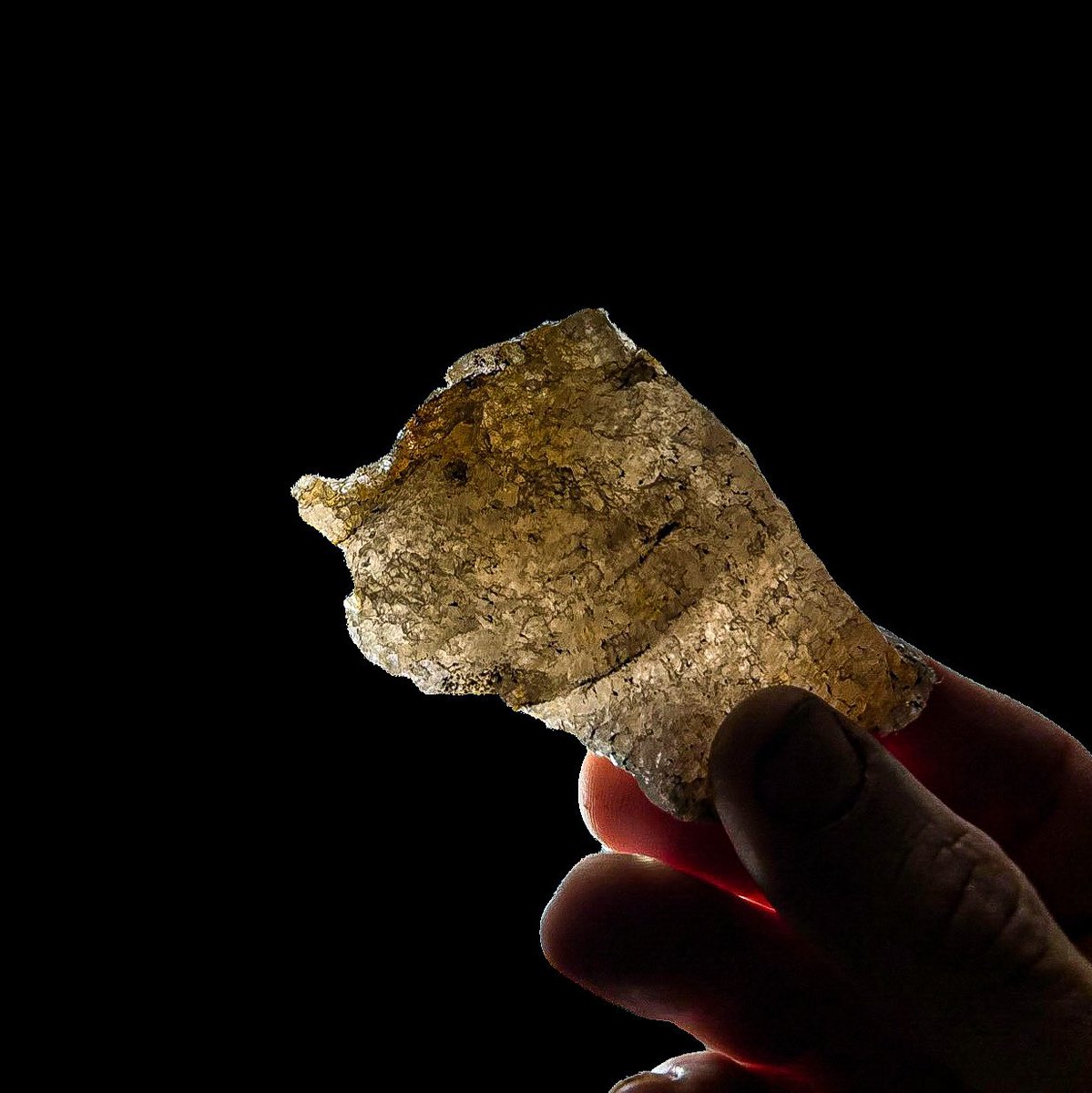
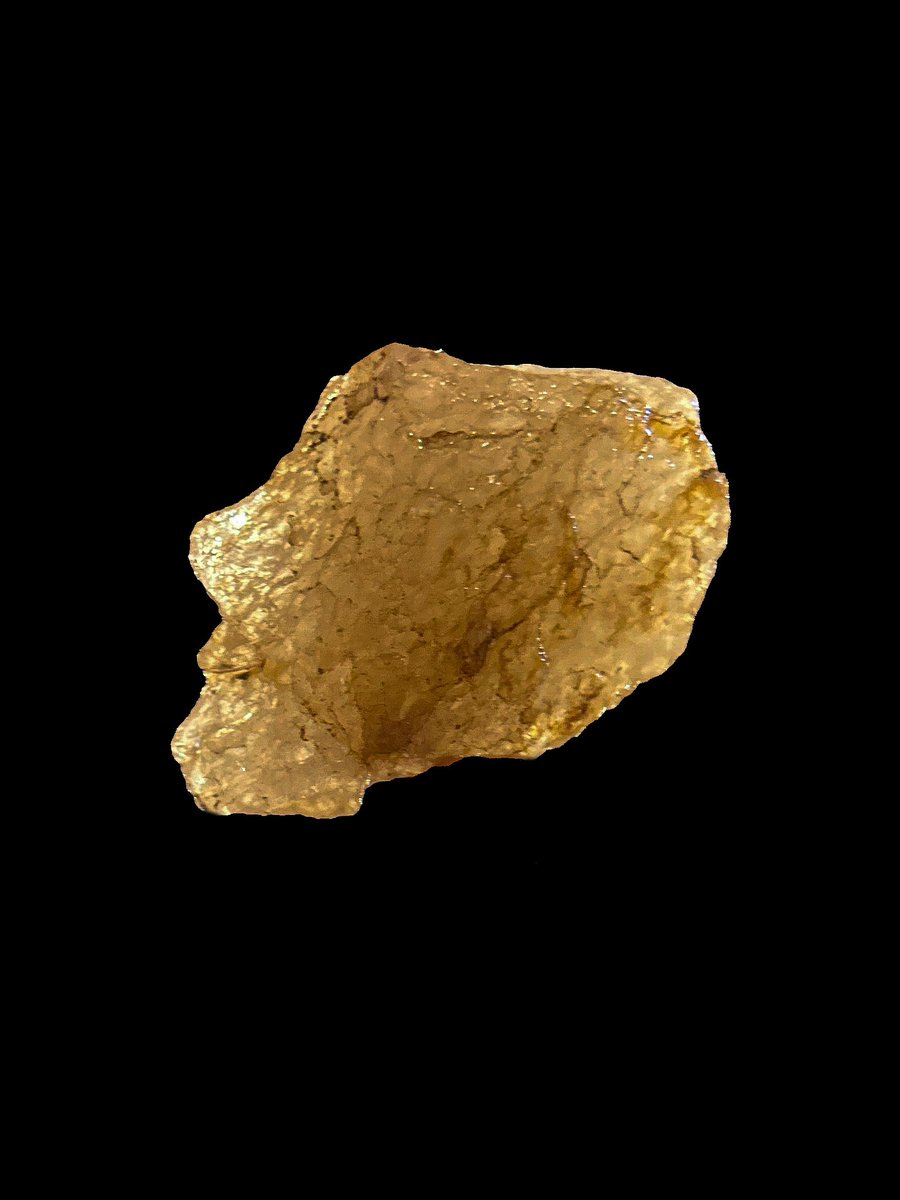

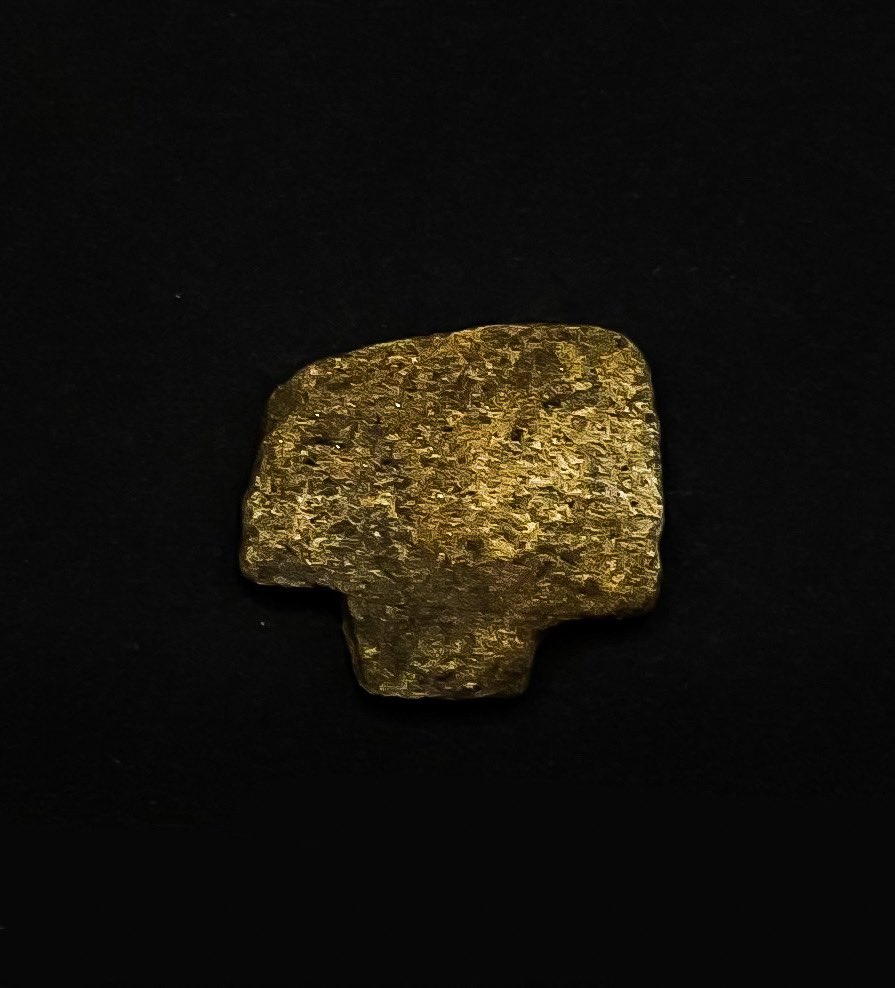
Orion was the centre of the Maya universe, the 3 hearthstones of creation. Their calendar was based on 52 year calendars when Pleiades reached it's zenith in the sky - they would extinguish all fires & when the Pleiades passed over would relight the fires to celebrate Passover.
Also known as the 3 stars of Orion's belt The 3 Mary's. Kings. Fates. The past, present & the future. The balancing point of the sky. As Homer put it in the Iliad the Axis of the sky. The Navel. The Temple in the Belly. The Door to God. Tipareth - Christ
I was asked a couple days ago what my favorite mound is. I'm not sure. Best I can do is say this horseshoe-shaped earthwork in Portsmouth, Ohio is at the top for ... well ... reported unusual experiences. It is the most visible remaining portion of what was certainly one of the…
Beautiful quartz cutting tool with human and animal imagery. Hint: find the human face looking left. Turn it upside down find a bear facing left. There are more to be found. SE Pennsylvania. Lenape or their predecessors.
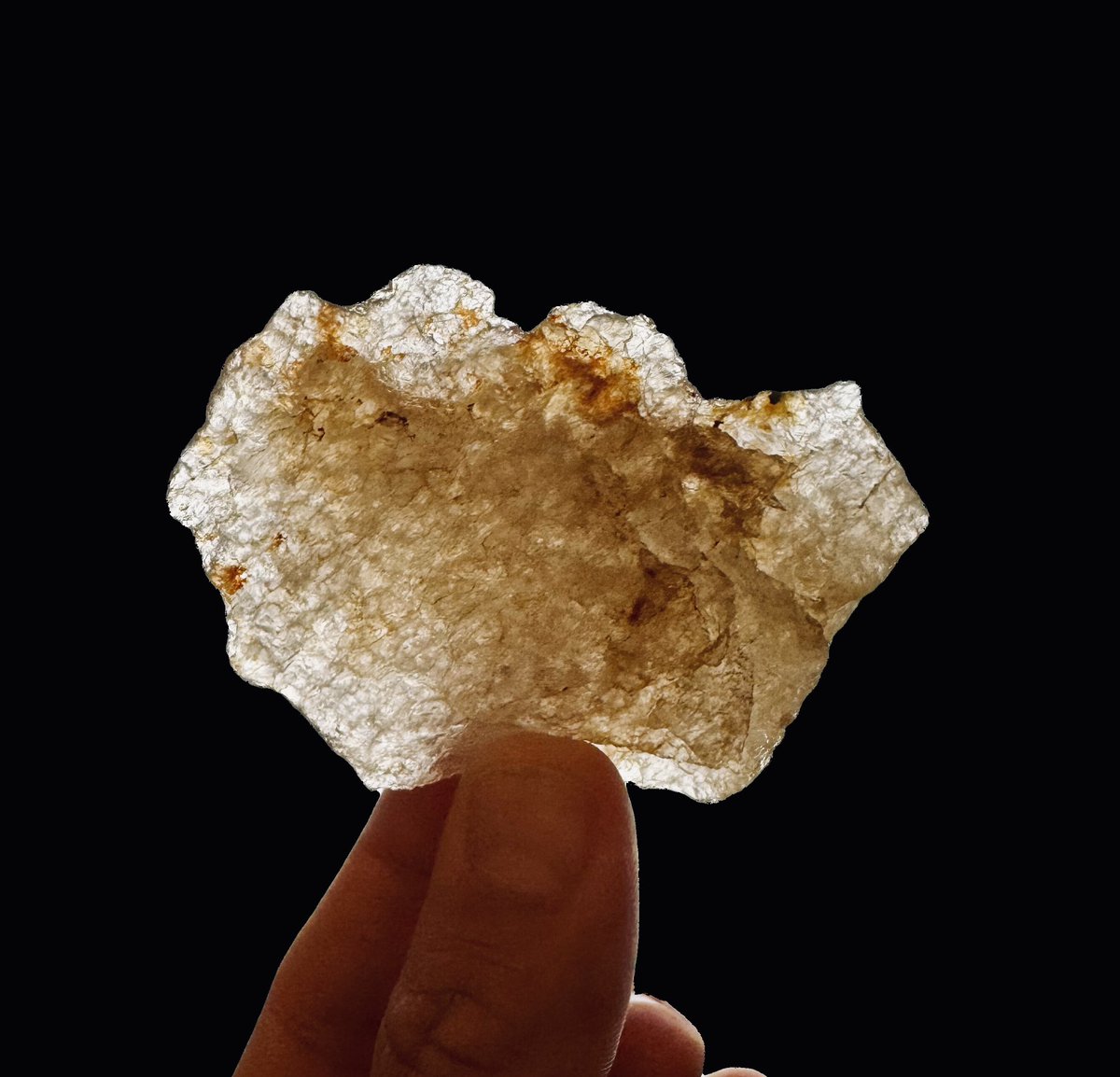
Today was the 1st of two days where I (recording), @highonskoooma (on screen) and @ancient_view (on the stone gap) will explore some ancient sites, this one is at the latest from 3200BC. The size of the stones is just mesmerizing.
Even a piece of quartz this small was carved into the form of a human face. Meaning abounds. Lenape or their processors. SE Pennsylvania.
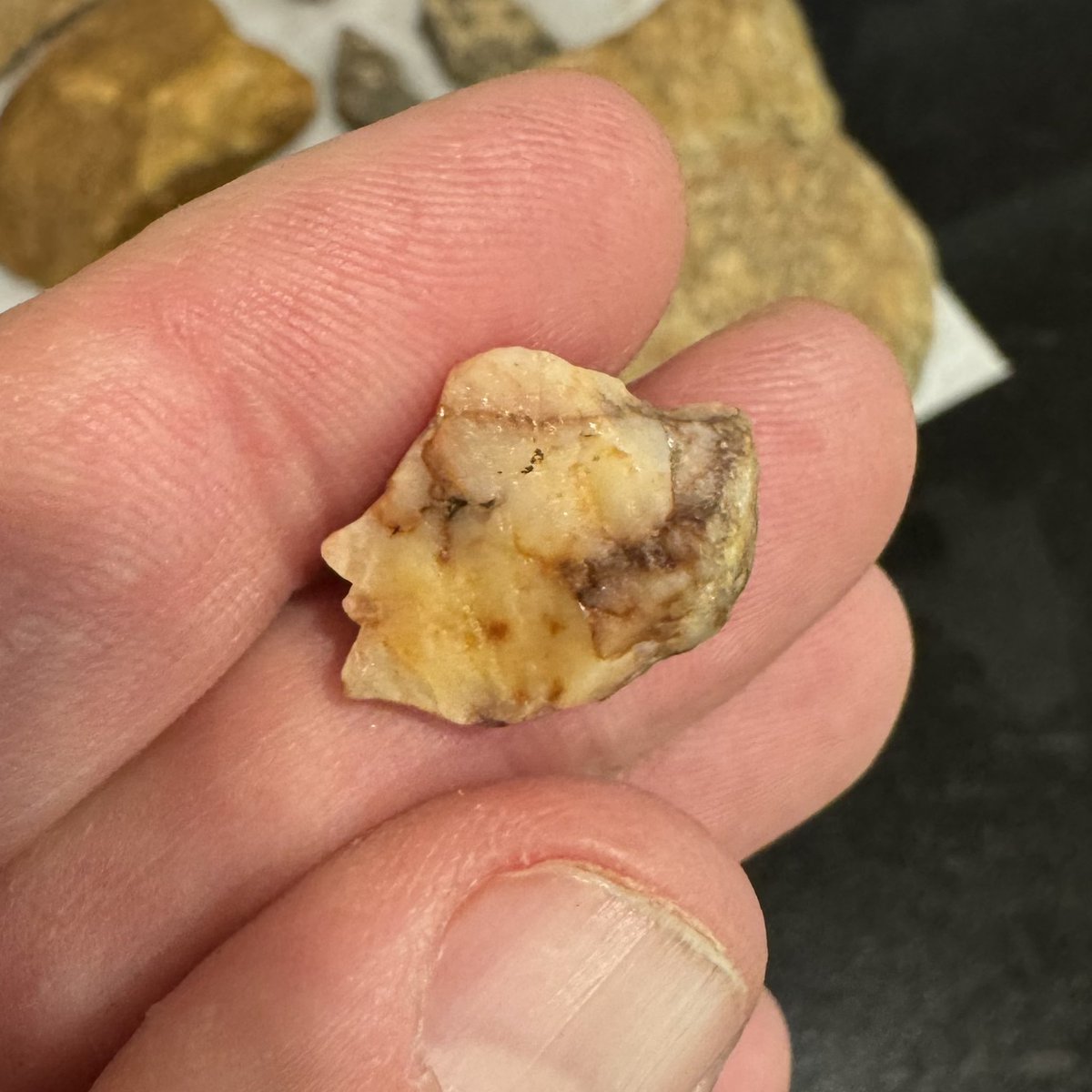
A day's walk past the standing stones of Penwith Peninsula, Cornwall, 1978 by Richard Long
"New understanding is the most powerful force we can create in the Work. It comes from new ideas." (Maurice Nicoll)
"As long as a man takes what he observes as himself he cannot separate from it. It is like standing on a plank and trying to lift it. To take what you observe in yourself as yourself is to identify with it. Then you cannot change it...
More quartz cutting tools and a hematite effigy from SE Pennsylvania. Lenape or their predecessors.

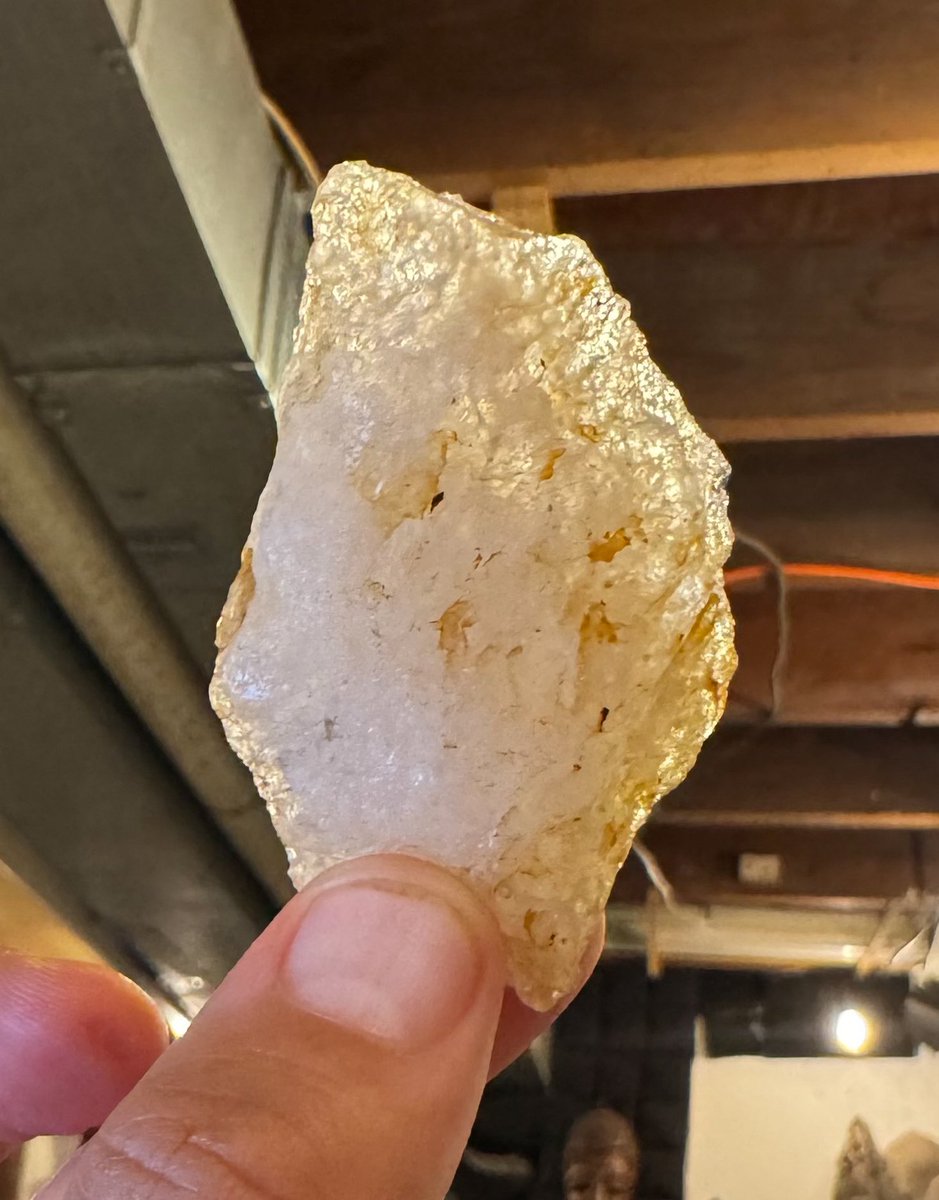
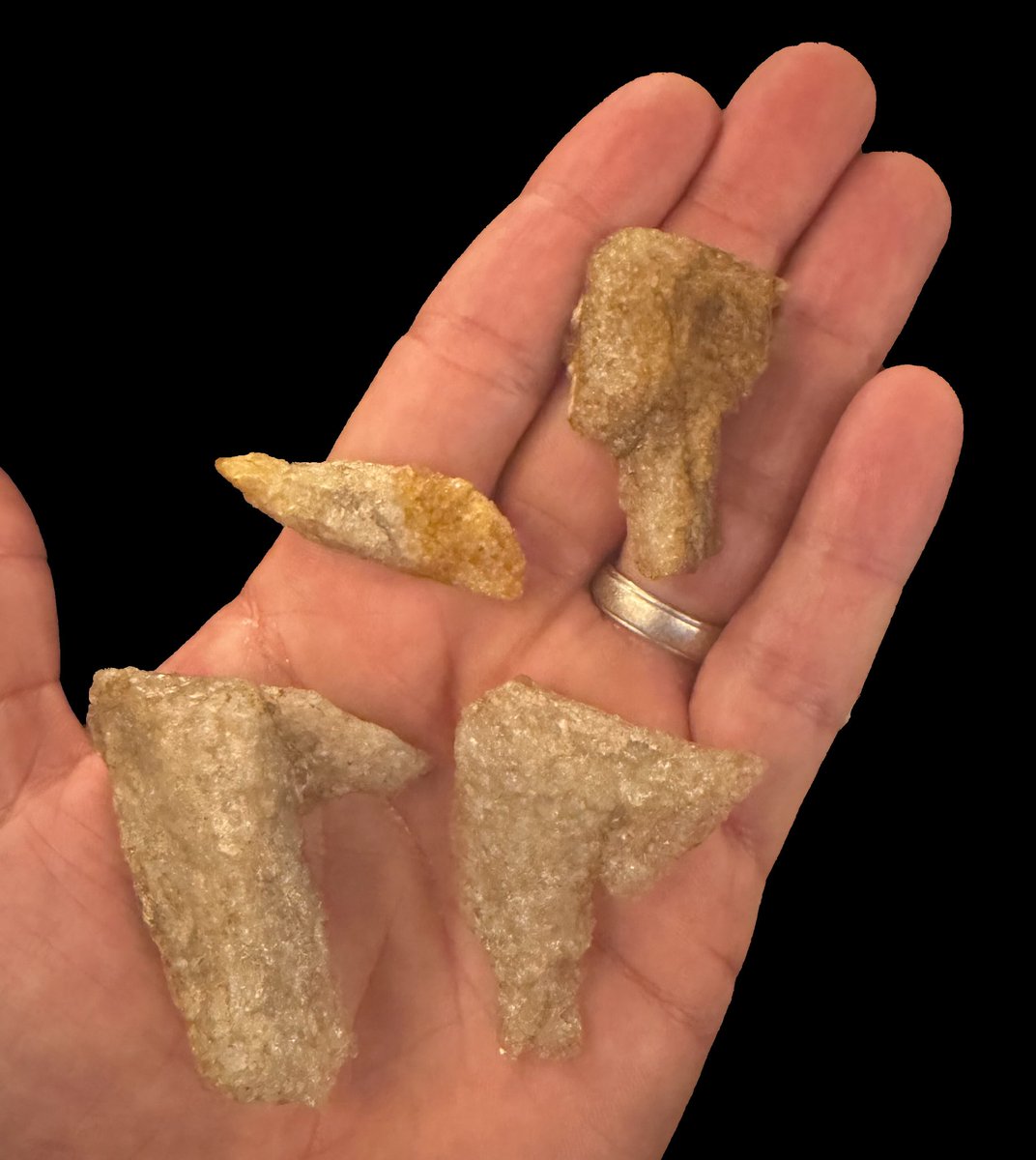
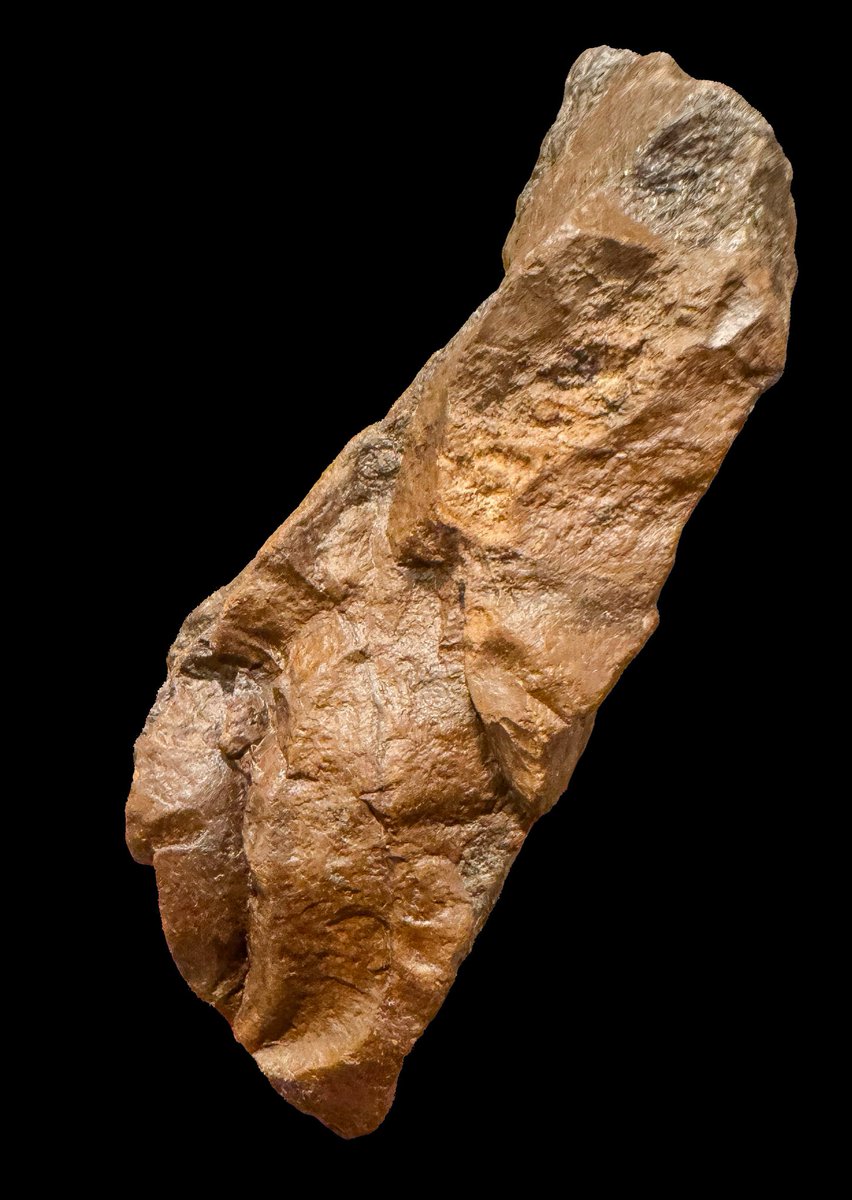
Craving is the cause of suffering. Without understanding this, your attempt merely to get rid of suffering is bound to be futile.
Warren K. Moorehead was one of the big names in early American archaeology—from the late 1880s to the late 1930s. He routinely called these objects "problematical," with an unknown purpose. He also related that, "modern tribes know nothing concerning them" (2nd photo). In…
The allée couverte near Camp de Coëtquidan in Augan (Morbihan) is of type arc-bouté in which the side orthostats incline inwards and lean against each other forming an inverted V-shaped chamber a bit like a ridge tent.
"Certain Aboriginal Remains of the Alabama River" by Clarence B. Moore (1899).
For those who say 'nothing ever happens,' they simply haven’t been paying attention! Catastrophic events and the global collapse of civilizations have occurred multiple times throughout history—and some of them are very recent. I kind of understand the added years and the…
Figure painted in red paint on the bottom of a hand held quartz cutting tool. Lenape or their predecessors found in my yard SE Pennsylvania.
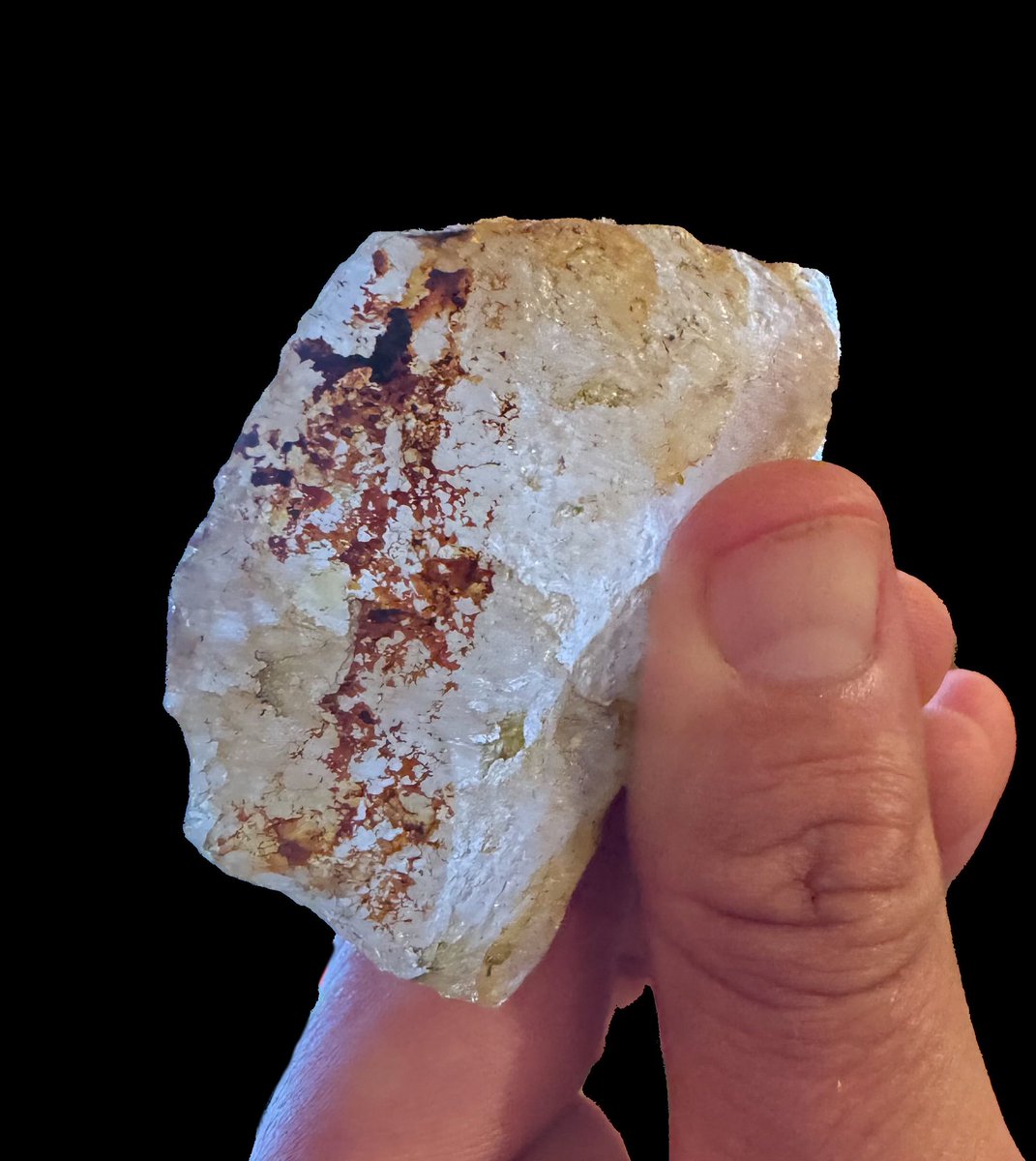
Now that is awesome
🚨First-Ever Trilobite Amulet Found in Roman Spain Archaeologists in Galicia, Spain, have uncovered a remarkable artifact: a 450-million-year-old trilobite fossil, modified and likely worn as a protective amulet between the 1st and 3rd centuries AD. Discovered at the Roman site…
Suffering is a state of disturbance. Either you try to avoid it through a system or escape, or you understand its true significance.
"Nature is more intelligent than you; she knows better than you which are the best conditions for your work." (Gurdjieff)
Stone effigy pipes excavated from mounds at the Moundville, Alabama complex by C. B. Moore in the early 1900s.
"We need to see what is in the way, and we need to understand why receiving an impression is so difficult. …My reaction cuts me off from the impression, as well as from the reality it represents. This is the barrier, the wall. In reacting, I close." (Jeanne de Salzmann)